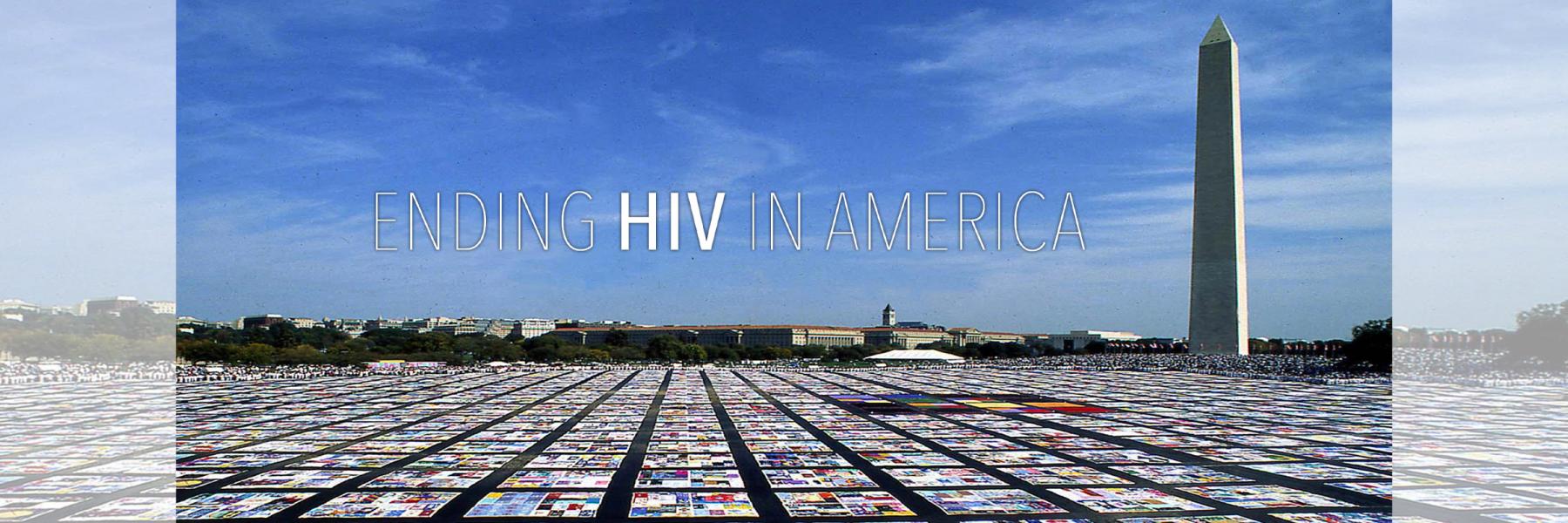A new PBS documentary, “Ending HIV in America,” set to air October 5 will recount the history of the AIDS epidemic while examining how far HIV prevention and treatment efforts have come. The film focuses on Birmingham, Alabama and San Francisco while sharing the personal stories of care providers, researchers, and people living with HIV.
The hour-long film opens at the historic 1917 Clinic at the University of Alabama-Birmingham (UAB). Tommy Williams, who works at the clinic, is one of the 2,000 people living with HIV who receive care there. He makes a point of disclosing his status to reassure the people he cares for.
“You can live,” he says. “I’m living. I’m thriving.”
In San Francisco, Cecilia Chung recalls her arrival to the city. Today, she is the senior director of the Transgender Law Center, but in the early 1980s Chung fled Hong Kong and her strict family, only to discover an emerging epidemic in her new community.
“People were avoiding talking about it,” she says, “but everybody knows that if you haven't seen your friends for more than a week, chances are you never see them again.”
The film introduces Michael Saag. The long-time noted HIV specialist was just two years out of medical school when he treated his first patient living with HIV.
A stop motion-style animation video depicts the HIV life cycle, making it easy to understand how the virus works. A 1984 video clip shows then-U.S. Health and Human Services secretary Margaret Heckler announcing that an HIV vaccine is expected within two years.
And then the film explains just how complicated HIV really is, and why it’s been so difficult and has taken so long to stop it. More stop motion-style animation shows how the virus mutates, becoming a moving and changing target for researchers’ efforts.
Along the way are milestones in HIV treatment—AZT, the first medication in 1987; the first protease inhibitors in 1995 and ‘96 and the “triple cocktail” in 1997; Atripla, the first “all-in-one-pill” (now known as singlet-tablet regimens) in 2010.
This leads to treatment as prevention (“TasP”), the medical principle that the virus being rendered undetectable means it cannot be transmitted to another person (also known as “U=U”), and pre-exposure prophylaxis and post-exposure prophylaxis (known as “PrEP” and “PEP”), the use of medicine to prevent HIV.
But there are non-medical challenges that also need to be overcome, say the film’s interview subjects. Other social determinants of health are examined, outlining the challenge to ending the epidemic.
The film makes the science of HIV treatment understandable in simple terms and interweaves the experiences of its diverse interview subjects to tell a larger story. However, its narration occasionally lapses into language that can be perceived as stigmatizing. Still, “Ending HIV in America” manages to encapsulate the history of the AIDS epidemic while outlining the challenges and promises that lie ahead.
“The last mile will be achieved,” says the film, “one hard-earned step at a time.”
“Ending HIV in America” was made in partnership with Global Health Reporting Center and HHMI Tangled Bank Studios. It premieres Wednesday, October 5 at 9 p.m. ET / 8 p.m. CT on PBS (check local listings). Watch a trailer for it here.


